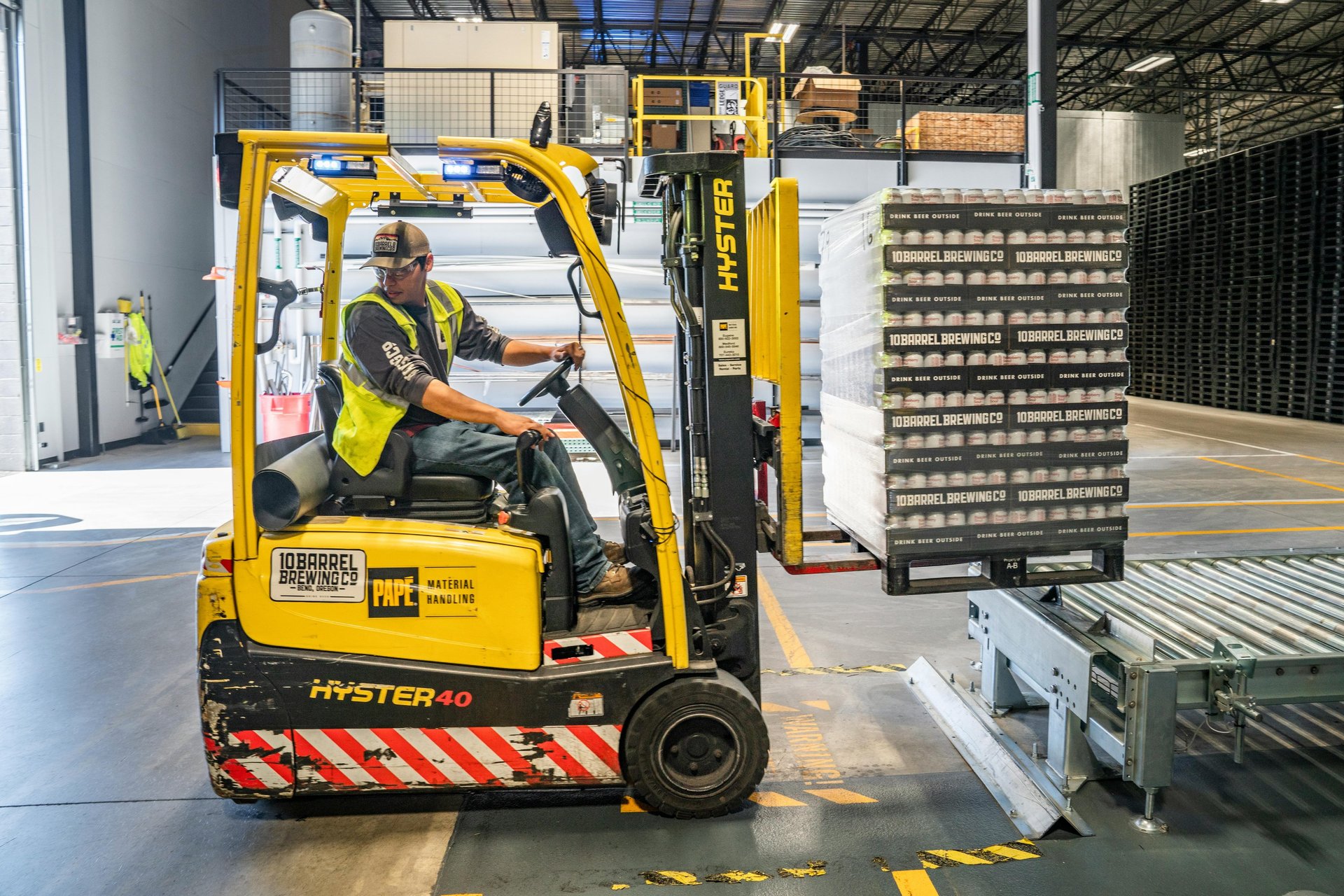
Smart Lifting Technology
Powering Efficiency and Safety in Modern Industries
Saurav Rabari
Smart Lifting Technology: Powering Efficiency and Safety in Modern Industries
Introduction
In today’s rapidly evolving industrial landscape, efficiency and safety are no longer optional — they are vital. As factories, warehouses, and construction sites embrace digital transformation, smart lifting technology is emerging as a cornerstone of this new industrial age. From advanced cranes to intelligent hoists and trolleys, these solutions are reshaping how materials are handled, reducing risks, and boosting productivity.
In this article, we explore how smart lifting systems are powering progress in modern industries, the technology behind them, and why businesses should embrace this change.
What is smart lifting technology?
Smart lifting technology refers to the integration of automation, sensors, IoT (Internet of Things), and data analytics into lifting equipment. Unlike traditional manual or semi-automatic cranes and hoists, smart systems can:
- Monitor loads in real time
- Adjust movements for precision handling
- Provide predictive maintenance alerts
- Enhance operator safety through automated safeguards
These systems work together to reduce human error, extend equipment life, and create more streamlined operations.
Key components of smart lifting systems
Let’s break down what makes lifting technology “smart”:
✅ Load sensors: Measure weight and balance to prevent overloading or unsafe lifting.
✅ Variable frequency drives (VFDs): Allow smooth, precise speed control for hoists and trolleys, reducing mechanical stress.
✅ Anti-sway control: Automatically stabilizes loads in motion, ensuring safe transport even in challenging environments.
✅ Remote and automated controls: Enable operators to manage lifts from safe distances, reducing exposure to hazardous zones.
✅ IoT connectivity: Gathers operational data that can be analyzed to optimize maintenance schedules and performance.
✅ Integrated safety interlocks: Prevent unsafe actions, such as lifting beyond rated capacity or improper hook positioning.
Benefits for modern industries
Smart lifting technology offers advantages that go beyond simple load movement:
🔹 Enhanced safety: Automated safety features reduce the risk of workplace injuries, which is crucial in industries like construction, shipping, and manufacturing.
🔹 Increased productivity: Automation and remote control minimize downtime and allow faster, more accurate material handling.
🔹 Data-driven decisions: IoT-connected lifting systems provide real-time insights and reports, helping managers optimize workflows and plan maintenance.
🔹 Reduced wear and tear: Smooth controls and anti-sway features reduce mechanical strain, extending the life of lifting equipment.
🔹 Compliance made easier: Many smart systems support digital record-keeping, simplifying regulatory compliance for material handling operations.
Real-world applications
Smart lifting solutions are already proving their value in diverse industries:
· Manufacturing plants: Automated overhead cranes are streamlining assembly line logistics, ensuring precise delivery of components.
· Steel and heavy industries: Smart hoists are lifting massive loads with fine control, supporting complex fabrication tasks.
· Logistics and warehousing: Remote-controlled gantry cranes and intelligent trolleys are improving throughput in distribution centers.
· Renewable energy: Wind turbine and solar farm installations rely on smart lifting systems to safely position delicate, high-value components.
Future trends: where smart lifting is headed
The next generation of smart lifting technology promises even greater capabilities:
🌱 AI-powered load analysis: Machine learning will help predict lifting patterns and optimize operations further.
🌱 Integration with warehouse management systems (WMS): lifting equipment will increasingly work in sync with broader digital ecosystems.
🌱 Green lifting solutions: Energy-efficient drives and regenerative braking will help reduce the carbon footprint of lifting operations.
🌱 AR/VR-assisted training: Augmented and virtual reality will provide immersive training for operators, improving skills and safety awareness.
Challenges and considerations
Adopting smart lifting technology requires thoughtful planning. Key considerations include:
· Initial investment: Smart systems can have higher upfront costs compared to traditional equipment. However, long-term savings often outweigh these initial expenses.
· Training needs: Operators and maintenance teams must be trained to use and service advanced equipment effectively.
· Integration: Businesses need to ensure their smart lifting systems can integrate smoothly with existing infrastructure and digital platforms.
Conclusion
Smart lifting technology is not just a trend — it’s the future of safe, efficient, and data-driven material handling. As industries embrace automation and digitalization, these advanced systems will play a central role in enhancing operations, protecting workers, and supporting sustainable growth.
By investing in smart lifting solutions today, businesses position themselves to thrive in tomorrow’s competitive, tech-enabled marketplace.
Author bio
Saurav Rabari is a technology and industrial machinery writer at Loadmate Industries Private Limited passionate about innovations that shape the future of work. His articles focus on smart solutions that help businesses achieve greater efficiency, safety, and sustainability.
